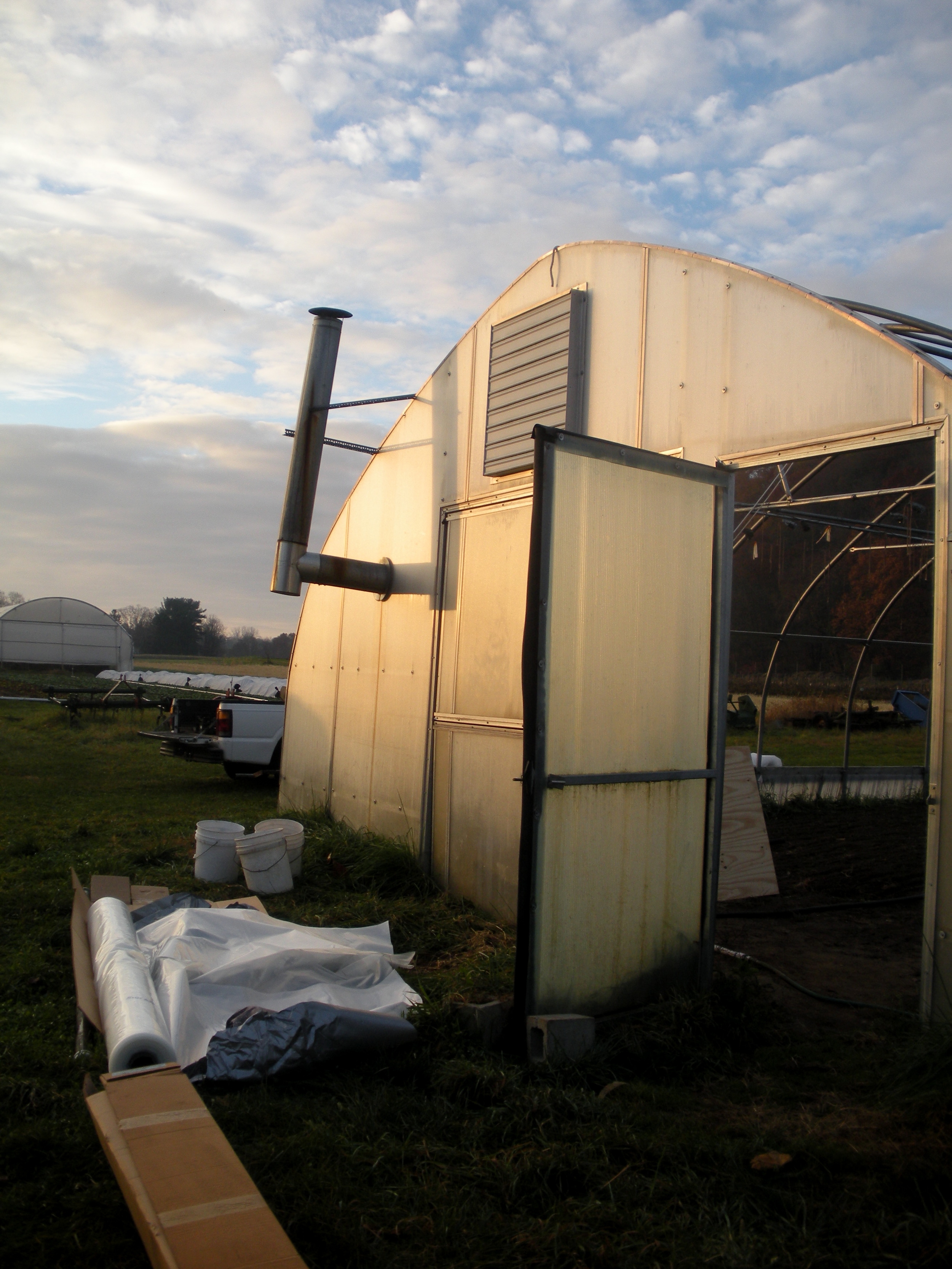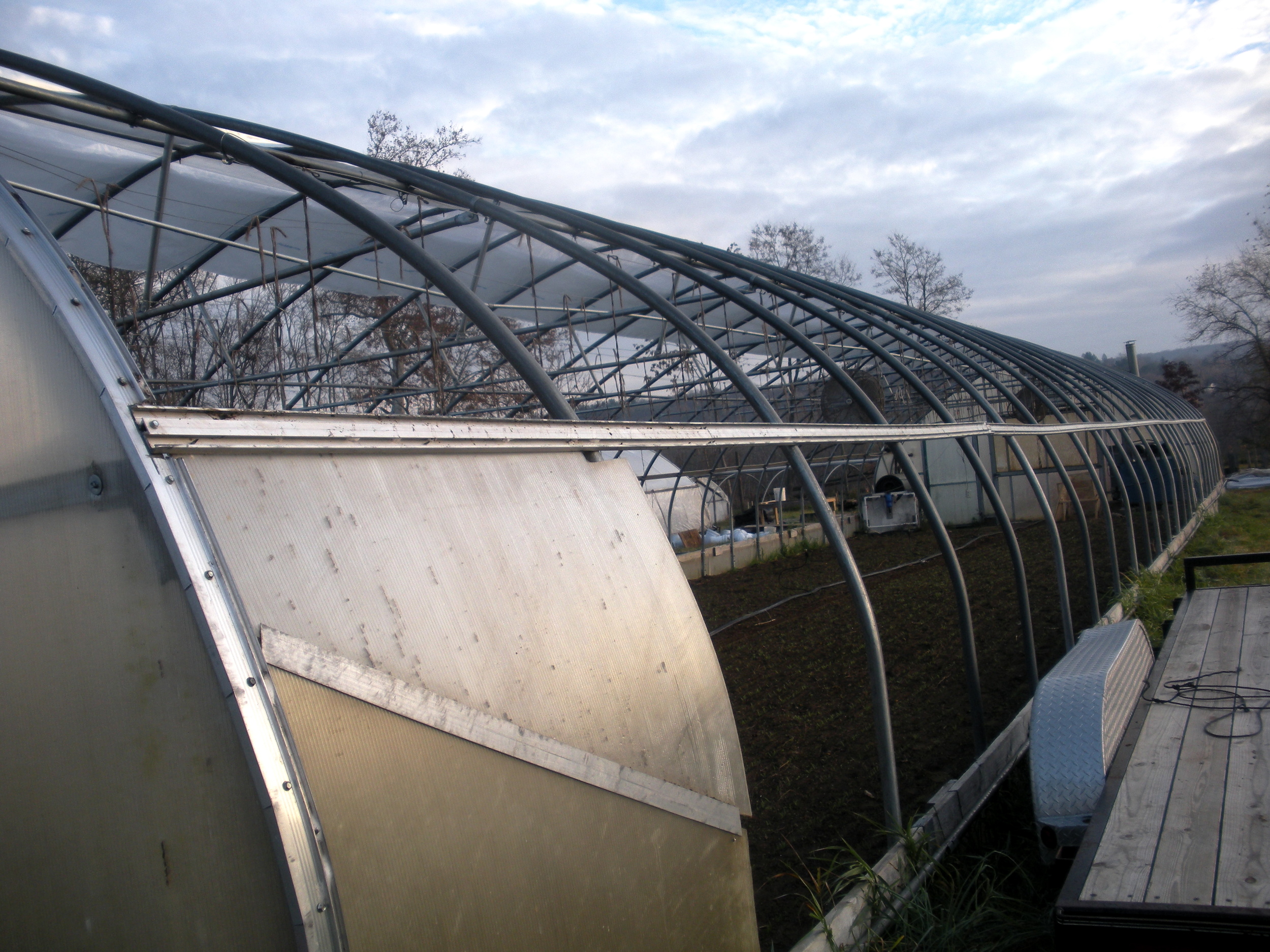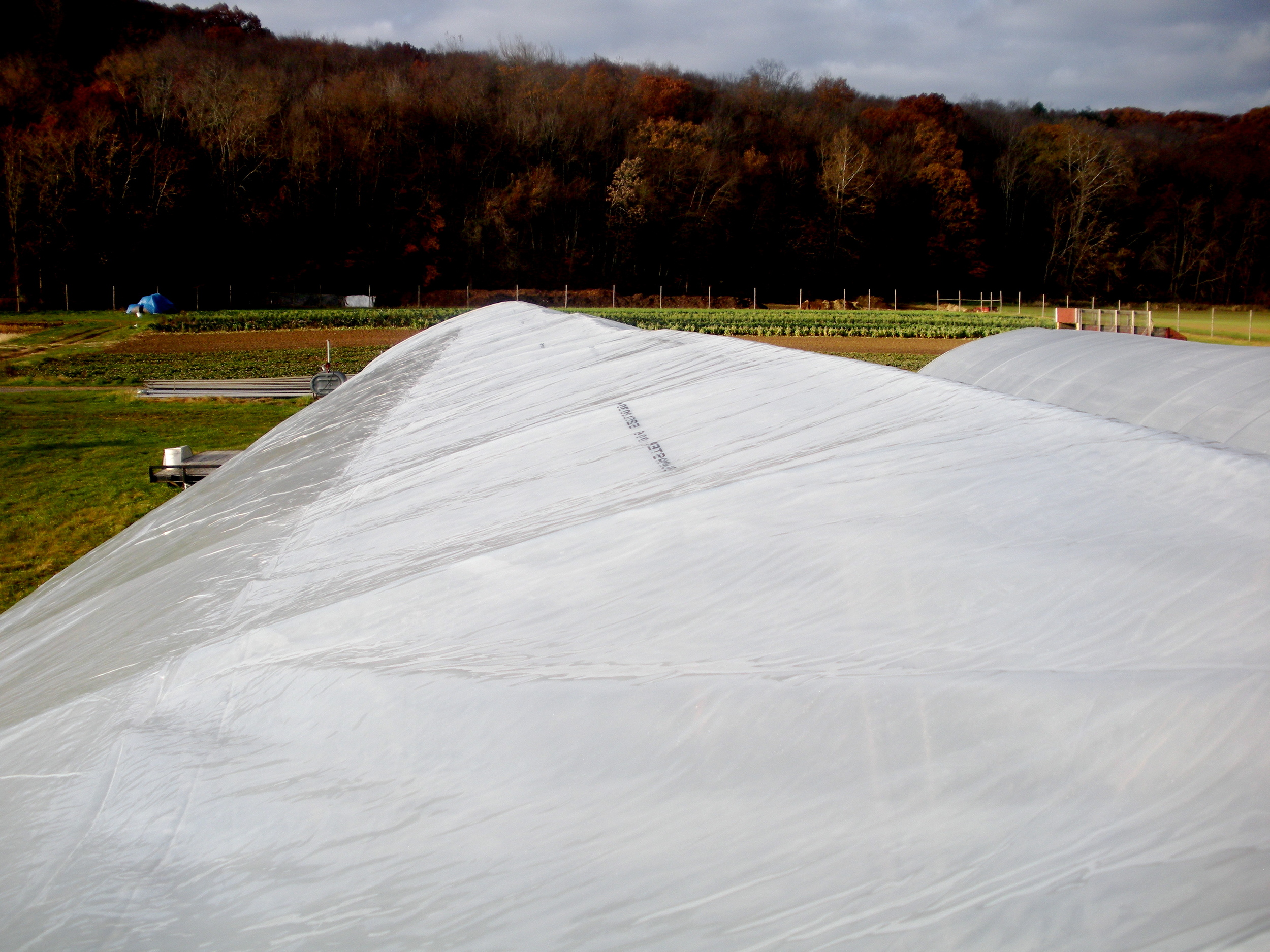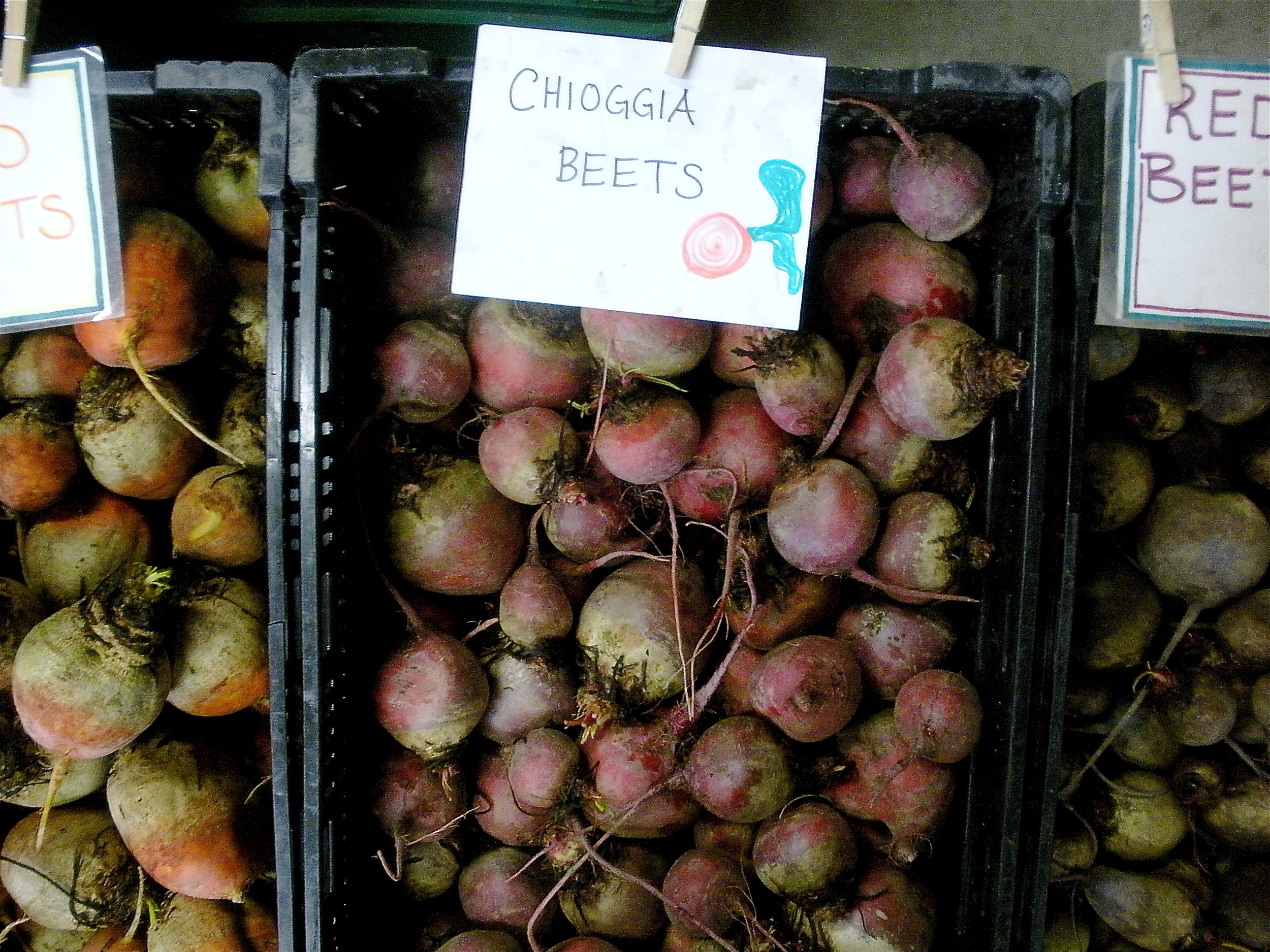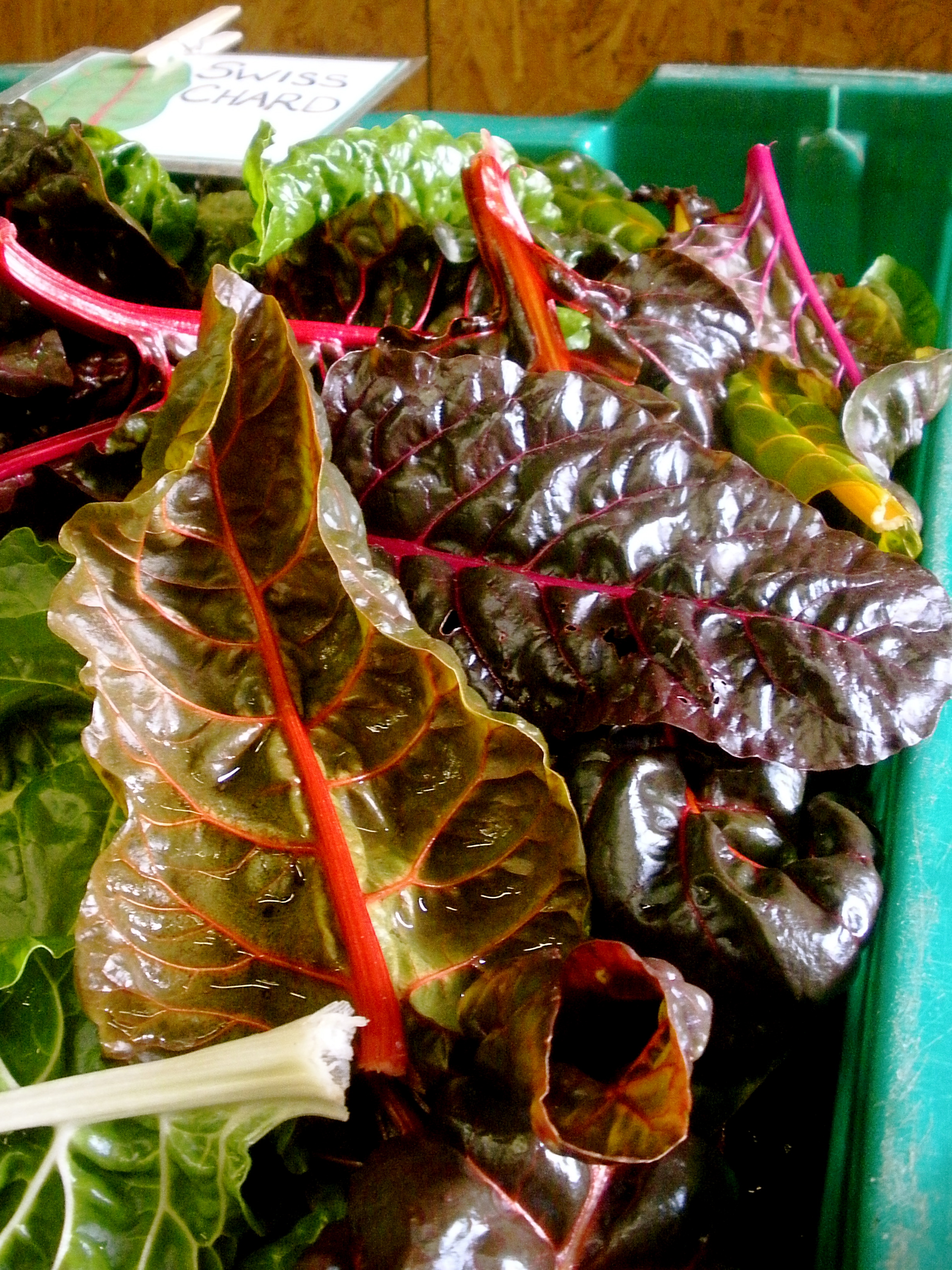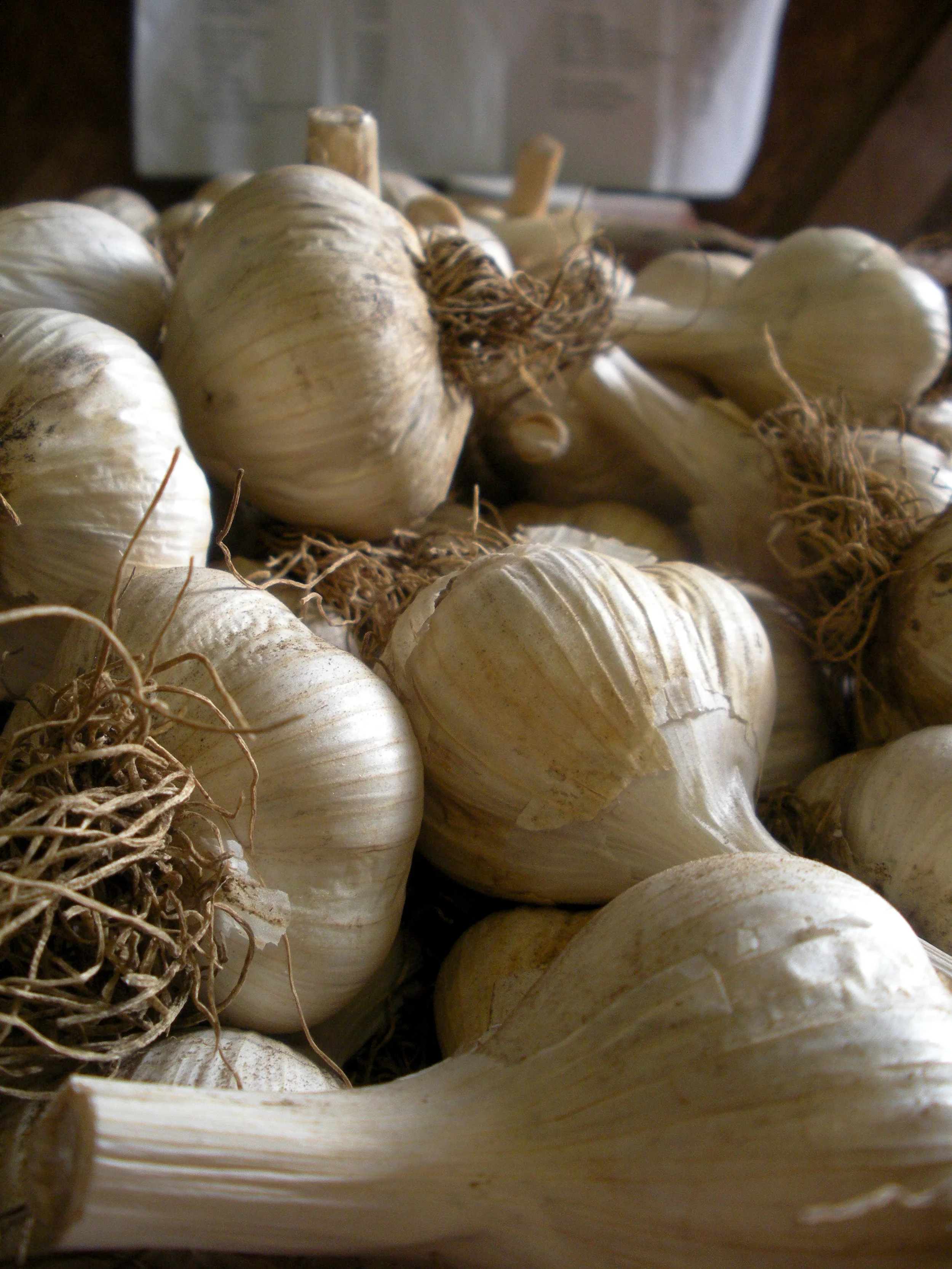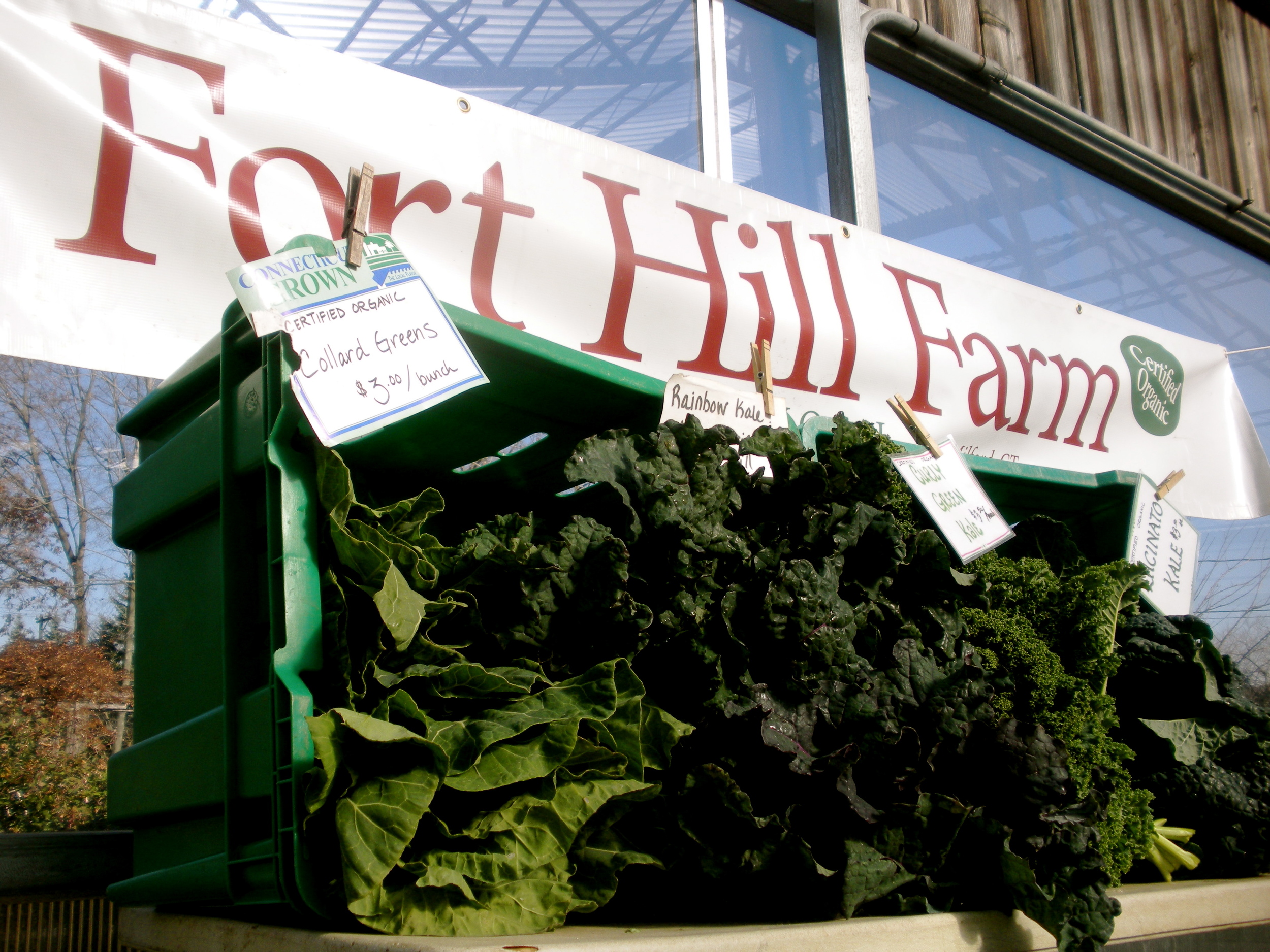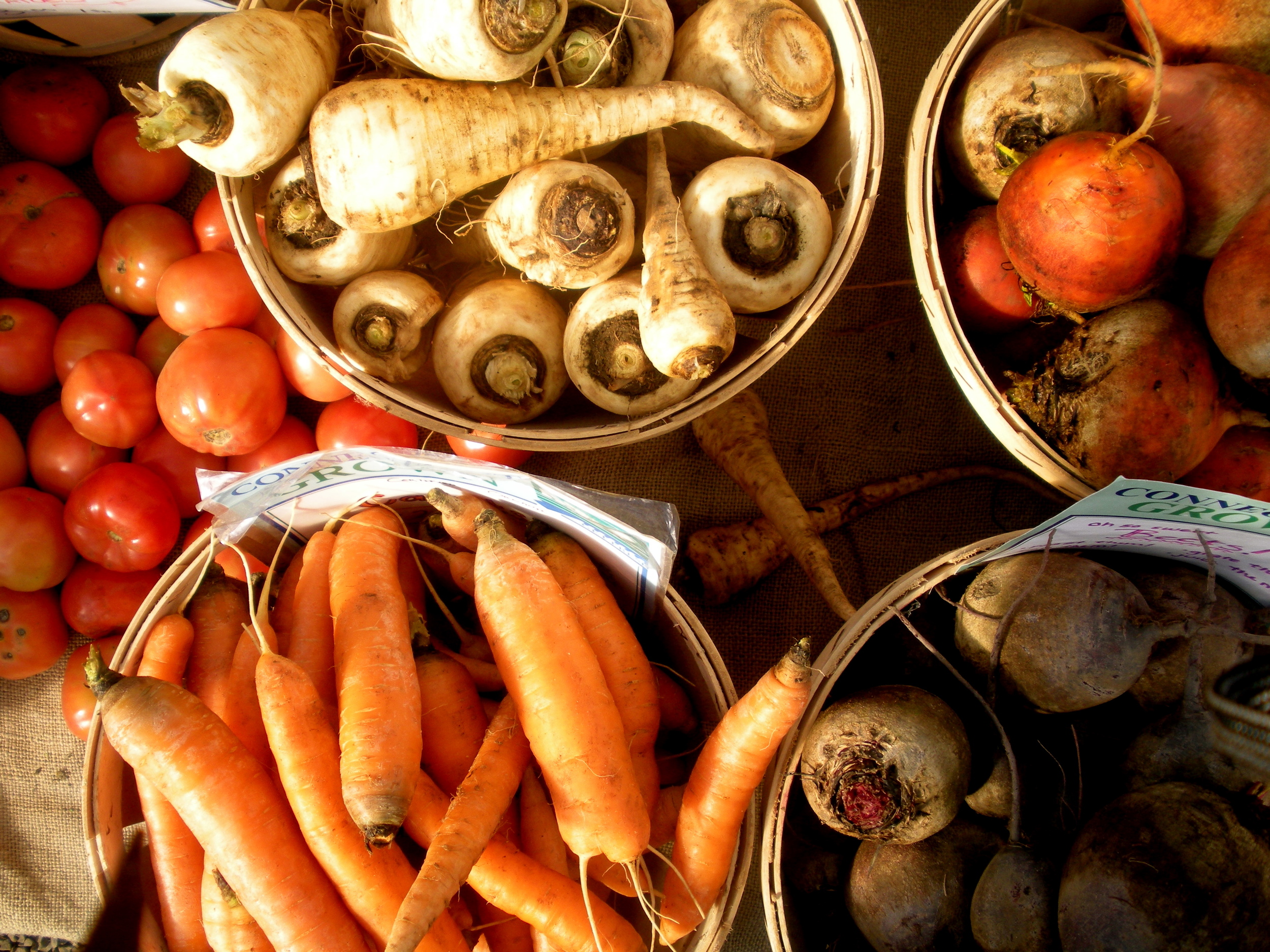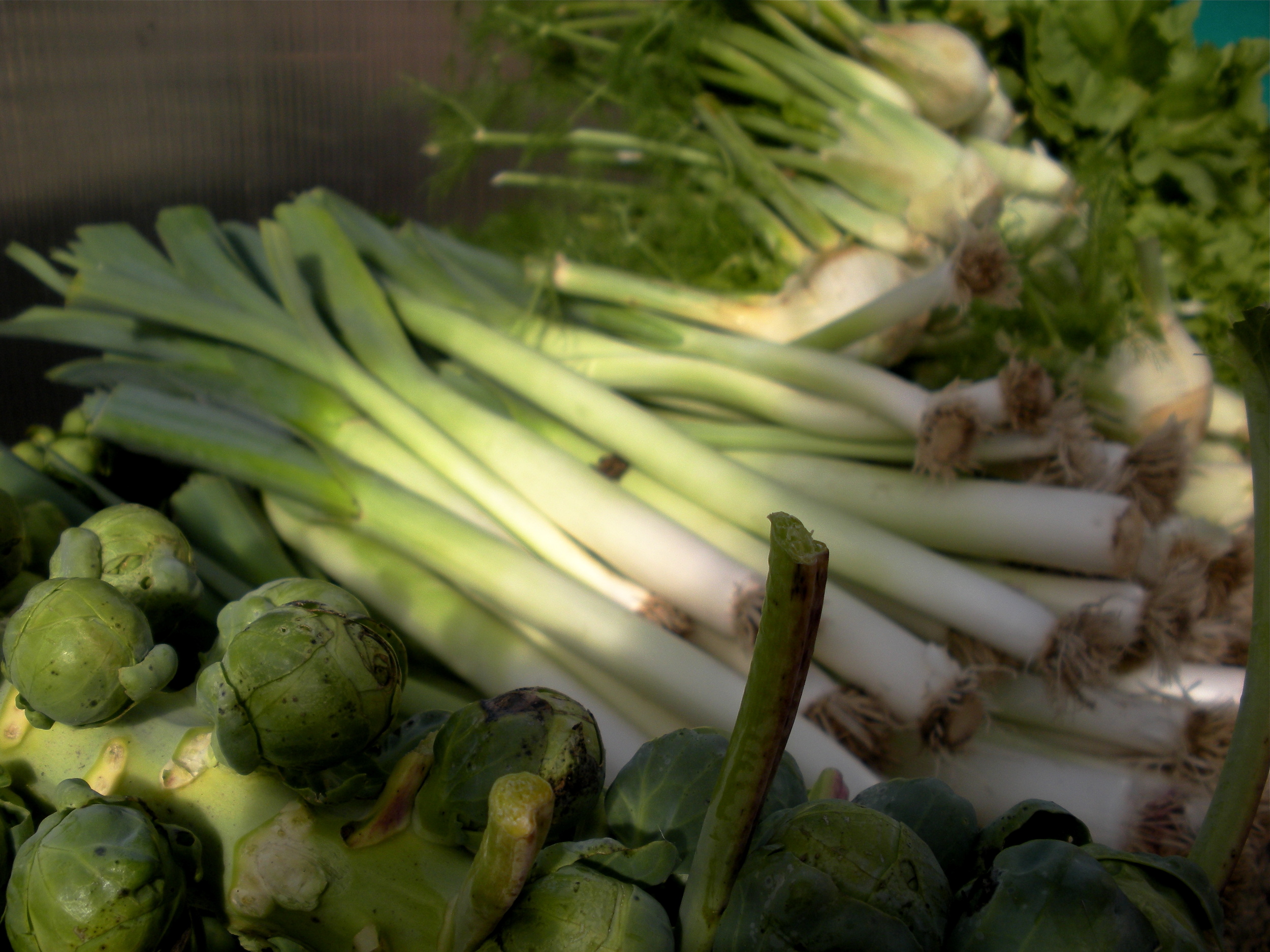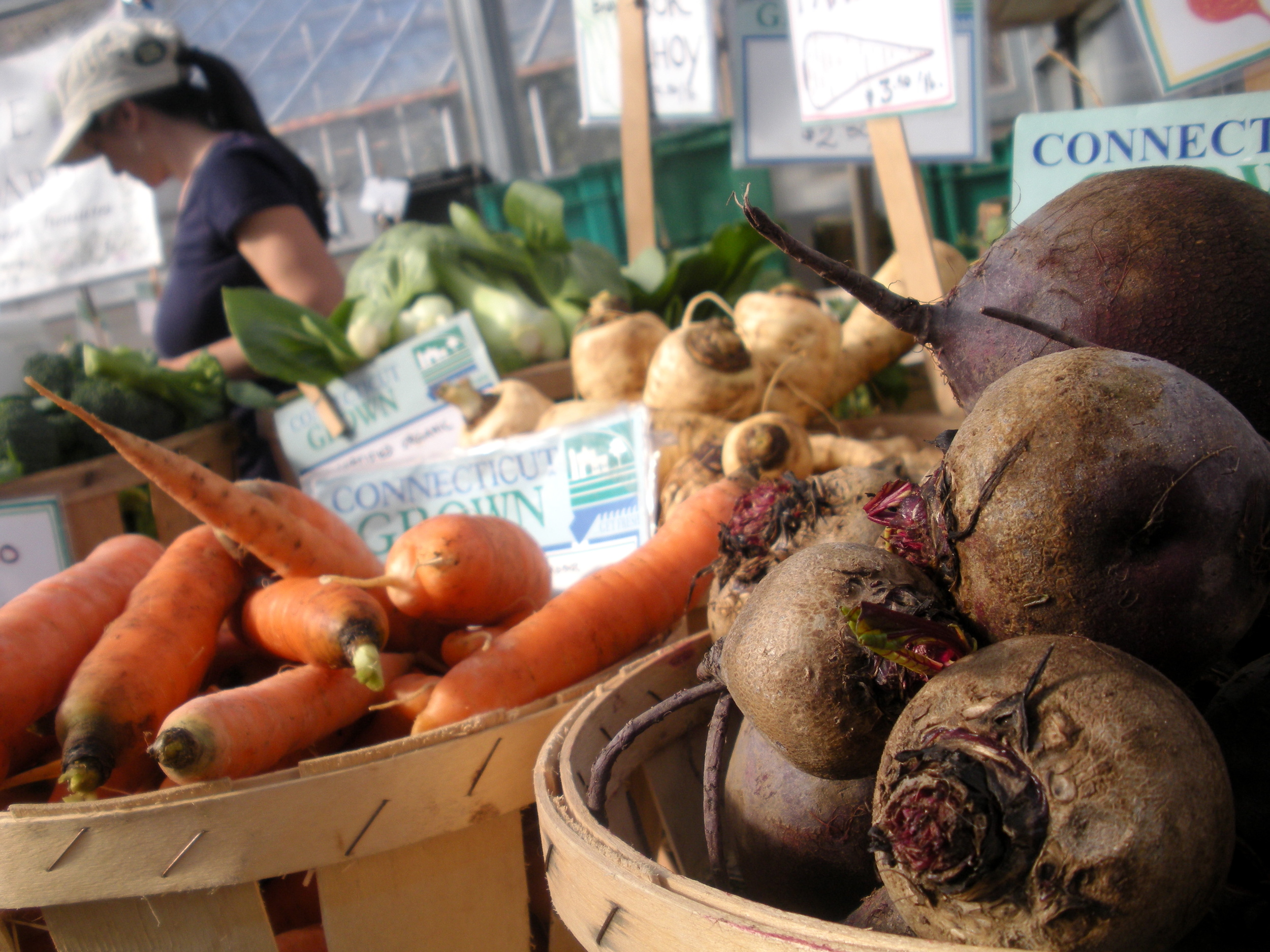There are some dishes you just crave. Mine: Buckwheat with sautéed roots and a poached egg. It's a go-to meal for any time of day, especially during the fall and winter months when root crops are abundant. It was my preferred breakfast of choice before a full day of working on the farm. It's satisfying, comforting, healthful and budget-friendly. All of these vegetables are in season and available at winter farmers' markets in your area (often for less money than at the grocery store!). If you're unfamiliar with buckwheat and have only had it in granola or mushy porridge form, you might dismiss this one but don't! In this recipe, buckwheat - a naturally gluten-free grain (actually, a fruit seed!) - is savory and enhances the flavor of the pan-steamed and -sautéed roots and 'shrooms. This recipe is adapted from Cythnia Lair's wonderful Feeding the Whole Family, and it's one to bookmark for sure. It calls for kasha, which is roasted or toasted buckwheat groats, but plain buckwheat groats work too!
Herby buckwheat with roots, 'shrooms and a poached egg
Ingredients:
Breakfast of champions! (A.Gross, 2014)
- 2-3 tablespoons coconut oil or olive oil
- 1 onion, diced
- 3 medium carrots, peeled chopped and diced
- 3 stalks of celery, peeled, chopped and diced
- 1 large potato, peeled (optional), chopped and cubed
- 2 cups boiling water
- 1/2 cup mushrooms, cut and chopped
- 1 cup buckwheat or kasha
- pinch of freshly ground pepper
- pinch of red pepper flakes
- 1 teaspoon sea salt
- 2 Tbl of dried tarragon
- 1 Tbl of dried rosemary
- In a large saute pan, heat the coconut oil. Add onions, celery, carrots, salt, black pepper, red pepper flakes; saute until the onion is soft.
- Have your water boiled or ready to boil. Add potatoes, mushrooms, tarragon and rosemary to the pan; saute 2-3 minutes. Add buckwheat to the mixture and stir. Pour in boiling water. Turn heat to low. Cover pot and let steep 15 minutes, until all water is absorbed.
- Fluff up and season to taste.
Now, poached egg time. They sound intimidating, but they aren't. This recipe by Alton Brown is the easiest, least threatening that I can find...even though eggs are the least threatening ingredient possible! IF you can't wrap your brain around egg poaching, simply top the buckwheat mixture with a fried egg. Still delicious and satisfying!
Notes and tips:
- Save your scraps! When you peel your veggies, save them to make stock. If you prepare your veggies in advance, make the stock and replace the 2 cups of water called for in the buckwheat recipe with your homemade stock. You can also save the stock for later use.
- Switch up your roots! There are so, so many root crops that would be delicious in this recipe: parsnips, sweet potatoes, rutabagas, beets, turnips, salsify, celery root. Go to your local farmers' market or the produce department at the grocery store and experiment. Remember: Some roots take a little longer than others to cook, especially when you are preparing them on the stovetop. Take this into consideration when you are adapting the buckwheat recipe.
Glorious roots! (Photo taken at the Westport Farmers' Market, November 2013, A.Gross)




